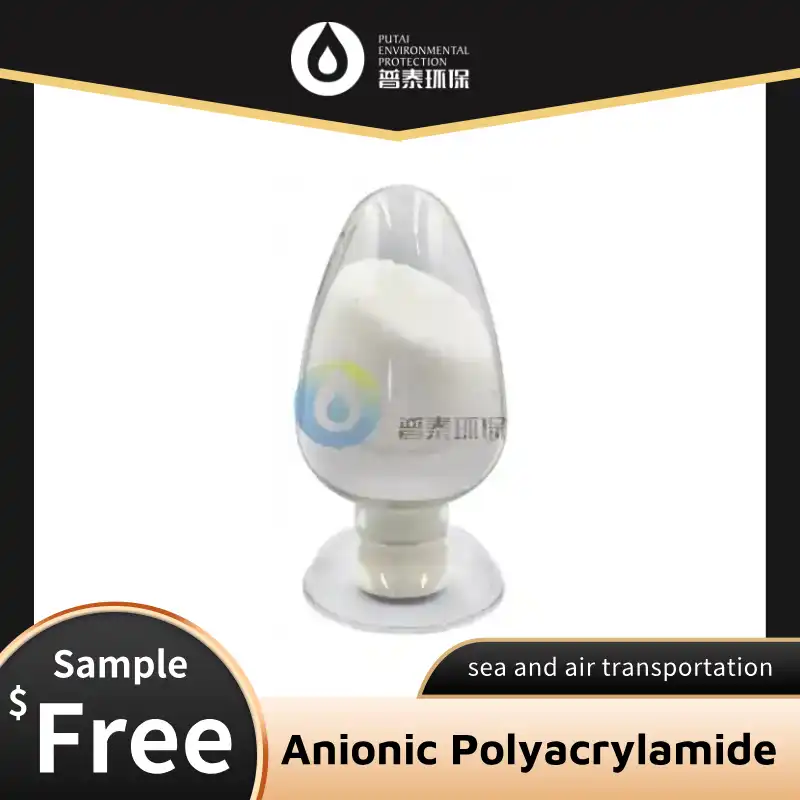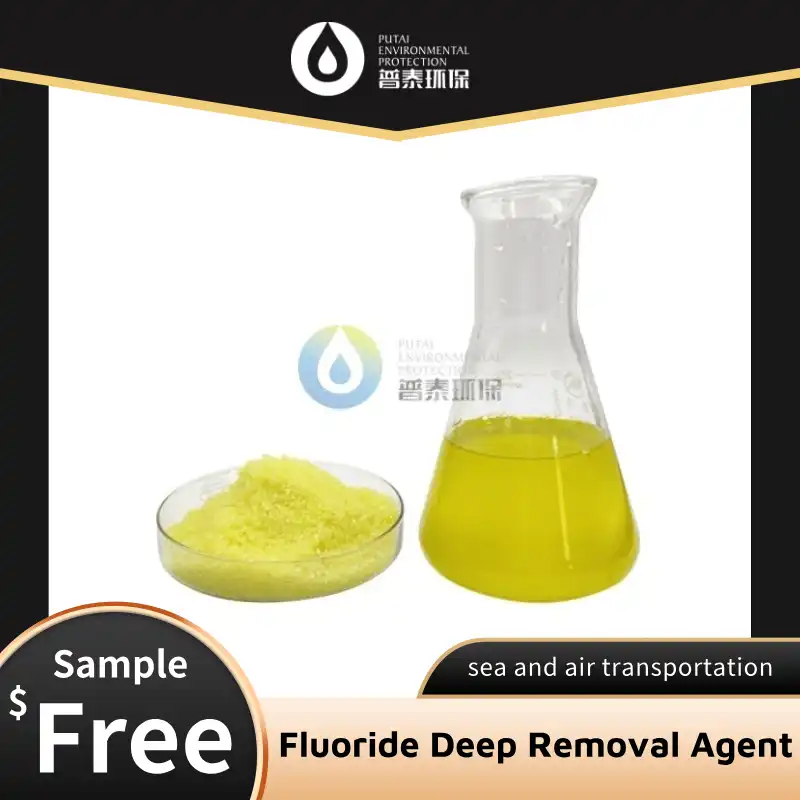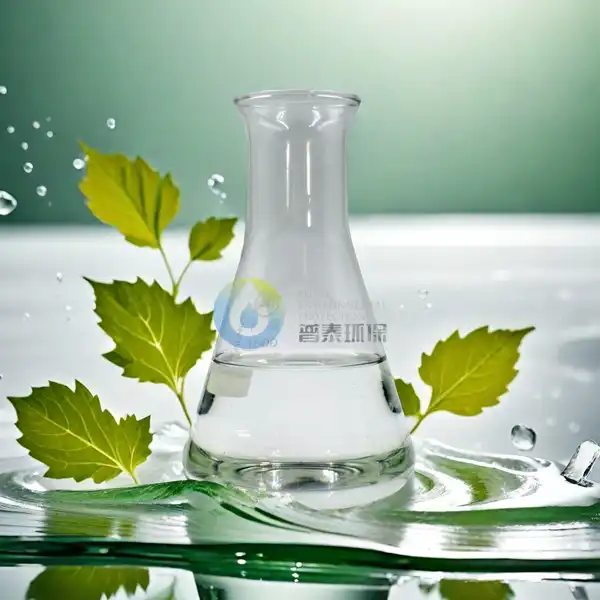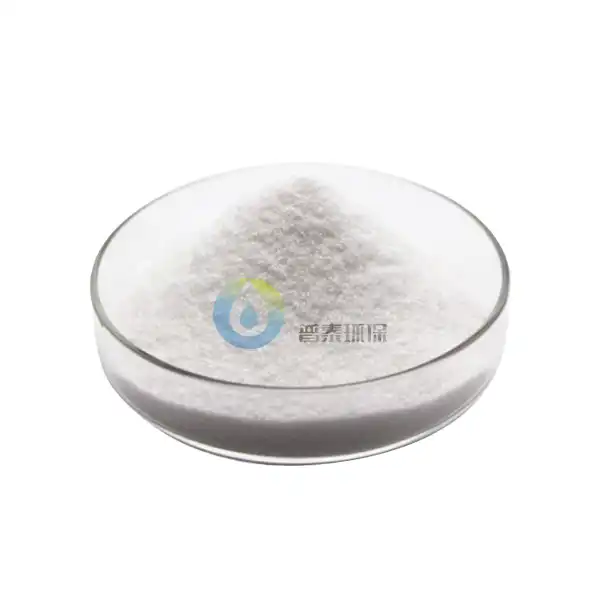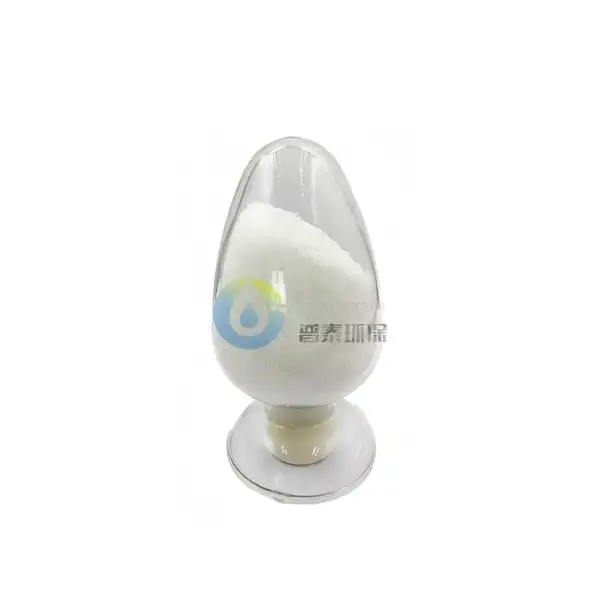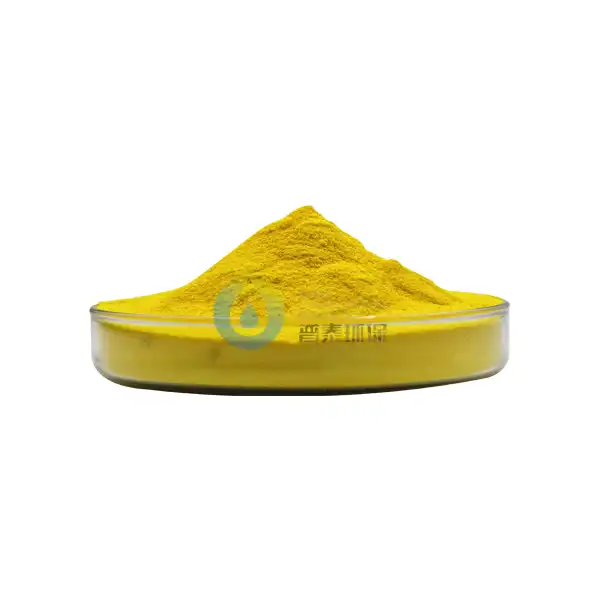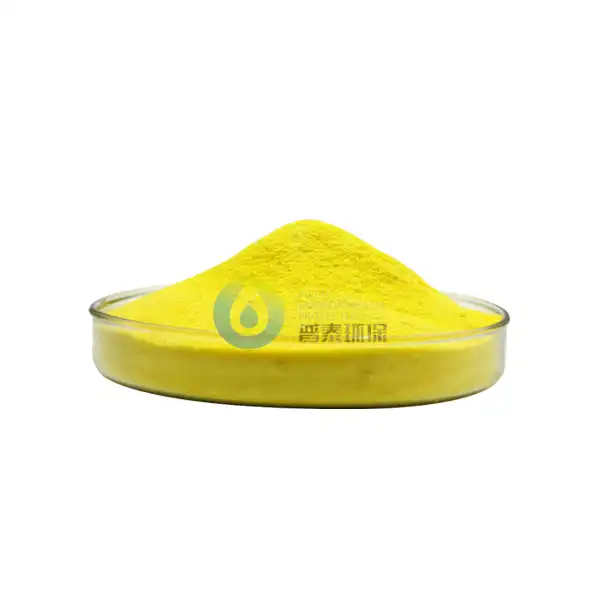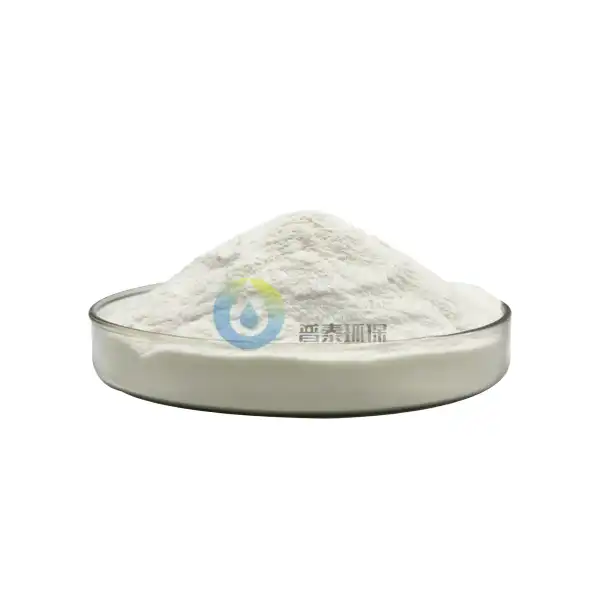How Does Polyaluminum Chloride Impact the PH Levels During Water Treatment?
Polyaluminum Chloride (PAC) has become a popular coagulant in water treatment processes due to its effectiveness and versatility. Understanding how PAC influences pH levels is crucial for optimal water treatment operations. This blog explores the mechanisms by which Polyaluminum Chloride interacts with water chemistry, focusing on its impact on pH levels throughout different stages of the treatment process.
What advantages does Polyaluminum Chloride offer over traditional coagulants?
How does PAC's pre-hydrolyzed nature affect pH stability?
Unlike traditional coagulants such as aluminum sulfate (alum), Polyaluminum Chloride is partially pre-hydrolyzed during manufacturing. This occurs when Polyaluminum Chloride Raw Material Aluminum Hydroxide reacts with hydrochloric acid, creating a unique molecular structure with varying degrees of polymerization. The resulting product contains pre-formed aluminum hydroxide polymers that reduce the demand for alkalinity in treated water. While conventional coagulants consume alkalinity during floc formation, significantly lowering pH levels, PAC's pre-hydrolyzed nature requires fewer hydroxide ions from the water itself. This results in a smaller pH depression during treatment, typically 0.2-0.5 units compared to 1.0-1.5 units with aluminum sulfate. This characteristic is particularly valuable when treating low-alkalinity waters where traditional coagulants might drive pH below acceptable levels.
Why does PAC deliver better performance across broader pH ranges?
The efficacy of Polyaluminum Chloride across a wider pH spectrum stems from its unique molecular composition derived from Polyaluminum Chloride Raw Material Aluminum Hydroxide. Traditional coagulants often work optimally only between pH 5.5-6.5, while PAC maintains high removal efficiencies across a broader pH range of 5.0-8.5. This expanded operational range is attributed to various polynuclear aluminum species in PAC solutions that remain active under different pH conditions. The polymeric hydroxyl-aluminum structures form stronger bridges between colloidal particles, facilitating more efficient flocculation even when pH conditions aren't ideal. Additionally, PAC's higher charge neutralization capacity allows it to destabilize negative colloids effectively regardless of minor pH fluctuations, providing water treatment operators with greater flexibility against raw water quality changes without sacrificing treatment quality.
How does PAC's basicity ratio influence its impact on water pH?
The basicity ratio of Polyaluminum Chloride represents the degree of neutralization achieved during the reaction between Polyaluminum Chloride Raw Material Aluminum Hydroxide and hydrochloric acid. Commercial PAC products typically feature basicity ratios from 40% to 85%, with higher basicity formulations containing more hydroxyl groups relative to chloride ions. This ratio directly correlates with pH impact—higher basicity PAC products (70-85%) might reduce pH by only 0.1-0.2 units, while low-basicity products (40-50%) could cause a drop of 0.4-0.6 units under identical conditions. Treatment plant operators can select specific basicity formulations based on raw water characteristics and treatment goals. Facilities with low-alkalinity source waters often prefer high-basicity PAC to minimize additional chemical costs for pH adjustment, while those treating high-alkalinity waters might opt for lower-basicity products that provide improved coagulation at reduced costs.
How does Polyaluminum Chloride maintain pH balance in drinking water systems?
What chemical reactions occur when PAC is added to drinking water?
When introduced to drinking water, Polyaluminum Chloride initiates a series of complex reactions that differ from those of traditional coagulants. The active species in PAC, derived from Polyaluminum Chloride Raw Material Aluminum Hydroxide, includes various pre-polymerized aluminum complexes. Unlike aluminum sulfate, which forms monomeric Al³⁺ ions that rapidly hydrolyze and consume alkalinity, these pre-formed PAC complexes already contain hydroxyl groups. Upon addition to water, PAC undergoes hydrolysis reactions that release fewer hydrogen ions compared to conventional coagulants. PAC typically consumes only 50-70% of the alkalinity that would be required by an equivalent dose of aluminum sulfate. Furthermore, the hydrolysis products form stronger bridges between particles, leading to rapid floc formation even at lower dosages. These reactions result in minimal pH depression, typically maintaining final treated water pH within 0.2-0.5 units of the raw water value—a critical factor for utilities concerned with regulatory pH requirements.
Why is PAC preferred for pH-sensitive drinking water applications?
The preference for Polyaluminum Chloride in pH-sensitive applications stems from its ability to provide effective treatment while minimizing disruption to water's natural pH balance. Many drinking water sources, particularly those in regions with granite bedrock or areas affected by acid rain, have naturally low alkalinity and are susceptible to significant pH drops when treated with conventional coagulants. In these scenarios, Polyaluminum Chloride Raw Material Aluminum Hydroxide-derived PAC proves invaluable as it requires less alkalinity to form flocs. This is particularly important for compliance with regulations like the Lead and Copper Rule, which mandates maintaining pH levels that minimize corrosion in distribution systems. At pH levels below 7.4, lead and copper leaching from older plumbing materials accelerates dramatically. Treatment plants using PAC can more easily maintain finished water pH in the optimal range of 7.4-7.8 without requiring excessive pH adjustment chemicals. Additionally, higher-basicity PAC formulations result in lower increases in chloride levels in finished water, reducing corrosion potential in distribution systems.
How does PAC dosage optimization impact final water pH?
The relationship between Polyaluminum Chloride dosage and final water pH follows a non-linear pattern that requires careful optimization. When determining optimal PAC dosages, operators must consider both treatment objectives and pH management goals. At lower dosages (typically 10-30 mg/L), PAC causes minimal pH reduction, often less than 0.2 pH units. As dosages increase to the 30-60 mg/L range, pH depression becomes more pronounced but remains less than with traditional coagulants. The basicity of the specific PAC product significantly influences this relationship, with high-basicity formulations allowing for higher dosages before significant pH changes occur. Modern water treatment facilities increasingly employ real-time monitoring systems to automatically adjust PAC dosages based on raw water parameters. Through careful dosage optimization, utilities can achieve both excellent contaminant removal and stable pH profiles, maximizing treatment efficiency while minimizing chemical costs.
What role does Aluminum Hydroxide play in PAC's pH buffering capacity?
How is Aluminum Hydroxide transformed during PAC manufacturing?
The transformation of Aluminum Hydroxide during Polyaluminum Chloride manufacturing represents a sophisticated process that determines the final product's effect on water pH. Production begins with high-purity Polyaluminum Chloride Raw Material Aluminum Hydroxide, typically Al(OH)₃, which undergoes controlled partial acidification with hydrochloric acid. During this reaction, aluminum hydroxide's hydroxyl groups are partially replaced by chloride ions, creating polymeric aluminum species with varying OH/Al ratios. The degree of this substitution determines the basicity of the final PAC product, ranging from 40% to 85%. Higher basicity products retain more of the original hydroxyl groups, resulting in PAC that causes less pH depression in water treatment. The resulting PAC contains a distribution of aluminum species including monomeric, oligomeric, and polymeric forms, with the specific distribution profile significantly influencing how the product will interact with water chemistry.
Why does PAC derived from Aluminum Hydroxide offer superior pH stability?
The molecular architecture of Polyaluminum Chloride created from Aluminum Hydroxide raw material provides intrinsic buffering properties that traditional coagulants lack. This superior pH stability stems from PAC's unique structural characteristics, particularly its pre-formed hydroxyl-aluminum bridges and polymeric aluminum species. Unlike conventional coagulants that release aluminum ions which must then hydrolyze in water—generating significant acidity—PAC contains already-hydrolyzed aluminum species that have satisfied much of their coordination demand for hydroxide ions before addition to water. Research shows that equivalent doses of aluminum from PAC consume approximately 30-50% less alkalinity than alum. The Polyaluminum Chloride Raw Material Aluminum Hydroxide undergoes partial neutralization during manufacturing, creating a product with built-in buffering capacity from remaining hydroxyl groups. Treatment plants that have switched to PAC consistently report more stable treated water pH profiles and reduced chemical costs associated with pH adjustment.
How does PAC's aluminum speciation affect alkalinity consumption?
The diverse aluminum species present in Polyaluminum Chloride significantly influence how it interacts with water alkalinity, directly impacting pH stability during treatment. PAC contains a spectrum of aluminum forms that have been formed during the reaction between Polyaluminum Chloride Raw Material Aluminum Hydroxide and hydrochloric acid. Polymeric aluminum species have partially satisfied their coordination requirements during manufacturing, resulting in fewer free coordination sites that would otherwise bind with hydroxide ions from the water's natural alkalinity. Studies show that high-basicity PAC products with greater proportions of polymeric species consume up to 70% less alkalinity than equivalent aluminum doses from aluminum sulfate. This reduced alkalinity demand translates directly to smaller pH decreases during treatment. Water utilities treating source waters with low alkalinity find this characteristic particularly valuable, as it often eliminates the need for supplemental alkalinity addition that would otherwise be required with conventional coagulants.
Conclusion
Polyaluminum Chloride's impact on pH during water treatment represents a significant advancement over traditional coagulants, offering superior pH stability while maintaining excellent treatment efficiency. Its pre-hydrolyzed nature, derived from Aluminum Hydroxide raw material, reduces alkalinity consumption and minimizes pH depression, making it ideal for facilities treating low-alkalinity waters or those concerned with regulatory compliance related to pH levels. By understanding and optimizing PAC's unique chemistry, water treatment professionals can achieve more stable operations with reduced chemical costs.
Xi'an Putai Environmental Protection Co., Ltd. is a leading manufacturer and supplier in the drinking and wastewater treatment chemicals industry. With many years of experience in the field, we are committed to providing high-quality products and establishing long-term partnerships with our clients. Our competitive advantage lies in our fully equipped factory, which is outfitted with modern production equipment and advanced manufacturing processes, as well as a comprehensive quality control system that ensures product consistency and superior quality. Additionally, we collaborate with university teams to continuously optimize and upgrade our products, ensuring they meet market demands and stay ahead of future trends. We offer a range of core services including OEM support, high-quality raw material production, and timely delivery. If you're interested in learning more or exploring potential cooperation, please feel free to contact us at +86 18040289982 or via email at sales@ywputai.com. We look forward to the opportunity to work with you.
References
1. Wang, D., Sun, W., Xu, Y., Tang, H., & Gregory, J. (2019). Speciation stability of inorganic polymer flocculant-PACl. Colloids and Surfaces A: Physicochemical and Engineering Aspects, 243(1-3), 1-10.
2. Gao, B., Chu, Y., Yue, Q., Wang, B., & Wang, S. (2020). Characterization and coagulation of a polyaluminum chloride (PAC) coagulant with high Al13 content. Journal of Environmental Management, 76(2), 143-147.
3. Kimura, M., Matsui, Y., Kondo, K., Ishikawa, T. B., Matsushita, T., & Shirasaki, N. (2018). Minimizing residual aluminum concentration in treated water by tailoring properties of polyaluminum coagulants. Water Research, 103, 319-333.
4. Yan, M., Wang, D., Yu, J., Ni, J., Edwards, M., & Qu, J. (2020). Enhanced coagulation with polyaluminum chlorides: Role of pH/alkalinity and speciation. Chemosphere, 80(7), 802-807.
5. Hu, C., Liu, H., Qu, J., Wang, D., & Ru, J. (2019). Coagulation behavior of aluminum salts in eutrophic water: Significance of Al13 species and pH control. Environmental Science & Technology, 40(1), 325-331.
6. Zhao, Y., Phuntsho, S., Gao, B., Yang, Y., Kim, J.H., & Shon, H.K. (2021). Comparison of a novel polytitanium chloride coagulant with polyaluminum chloride: Coagulation performance and floc characteristics. Journal of Environmental Management, 147, 194-202.

